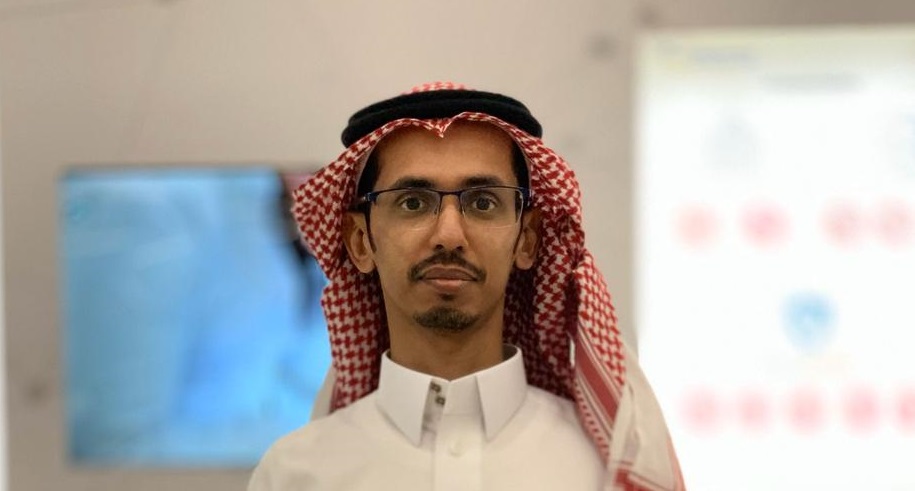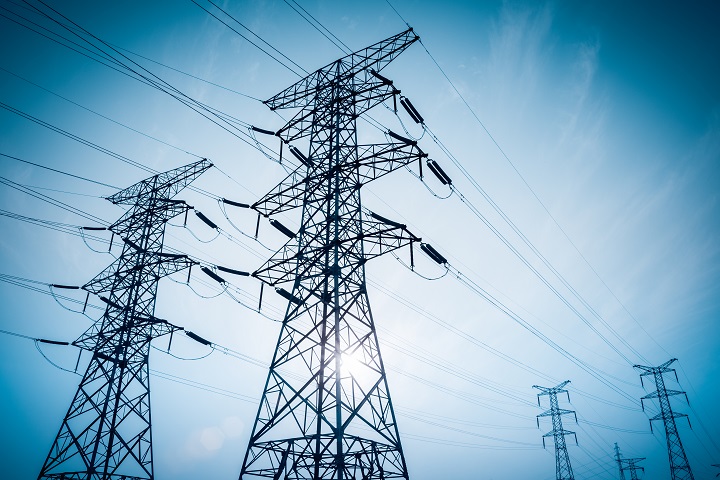By the Visualization Core Lab team and Caitlin Clark
In the fall of 2018, the KAUST Visualization Core Lab (KVL) and the Saudi Electricity Company (SEC) began a collaboration to apply machine learning and visualization tools to reduce fraud, waste and abuse in the Saudi power sector. During the collaboration, SEC was represented by Innovation Energy Incubator and DistriMod, its innovative and incubated project, which aims to target all energy loss domains.
Losses due to fraud, waste and abuse are typically referred to as “non-technical losses.” This differentiates the losses from technical losses, which stem from the physics of generating, transmitting and distributing electricity through the grid.
Non-technical losses in the Saudi power sector are significantly higher than losses experienced in many European and North American countries, and they represent a significant amount of lost revenue. SEC wanted to leverage KAUST’s expertise in business analytics and machine learning to see if the University’s tools could help them reduce non-technical losses and increase profitability.
Building a dashboard
SEC has been collecting customer billing data over the last few years, and this produced a large multi-dimensional and multi-variate dataset. To handle the data, KVL scientists and SEC representatives worked together to design an interactive Business Intelligence (BI) dashboard. BI dashboard is a modern data management and visualization technique with multiple views/displays to show various attributes and dimensions of the multi-dimensional and multi-variate data, and it also includes essential key performance indicators.
.png?sfvrsn=9bd91bf7_6)
An example of the Business Intelligence data management dashboard is pictured here. The dashboard was designed by scientists from the KAUST Visualization Core Lab and representatives of the Saudi Electricity Company. File photo.
The KAUST and SEC-designed BI dashboard has multiple linked views—as users query or update anything in the view, all the other views update accordingly—to be displayed on big wall displays or on any computer screen. SEC analysts can easily submit any query in the dashboard and get an answer.
-cropped.jpg?sfvrsn=c7607ea3_4)
Dr. Sohaib Ghani is the acting lead of the KAUST Visualization Core Lab. File photo.
Machine learning models detect anomalies
Using five years of SEC’s historical customer billing data from the Riyadh area, KVL scientists also developed minimum viable product models that used machine learning to predict SEC customers’ electricity usage and detect anomalous billing transactions in customer data.
KVL scientists met with SEC analysts and leadership in the spring of 2019 to discuss the preliminary results of the machine learning models in order to develop more focused research questions for further collaboration.
-cropped.jpg?sfvrsn=b7f0173c_4)
Dr. David R. Pugh is a staff scientist in the KAUST Visualization Core Lab. File photo.
Using the machine learning models as a guide, DistriMod developed a pilot program to validate the machine learning models’ predictions. SEC’s remote teams began surveying customers identified by the models as those with anomalous electricity consumption patterns.

Yazeed Al-Dligan is DistriMod project leader and worked with KAUST through the Saudi Electricity Company in the recent collaboration to reduce non-technical power losses. File photo.
“We were able to validate the model predictions by comparing them with the results of the field survey carried out,” stated Yazeed Al-Dligan, DistriMod project leader. “KAUST’s machine learning models successfully identified anomalous electricity consumption patterns over 70 percent of the time—compared with an expected 3 percent success rate from randomly surveying customers.”
Planning for the future

Khalid A. Al-Dossary is Innovation Energy Incubator manager at the Saudi Electricity Company. File photo.
"The KAUST Core Labs maintains world-class state-of-the-art facilities and expertise, and I feel that they should be further utilized to meet the demands of organizations around the Kingdom," stated Justin L. Mynar, KAUST associate vice president for research and executive director of the KAUST Core Labs and Research Infrastructure.

